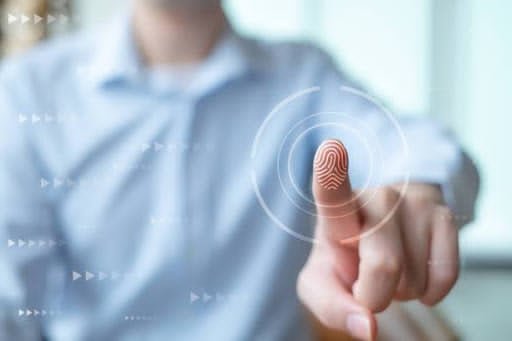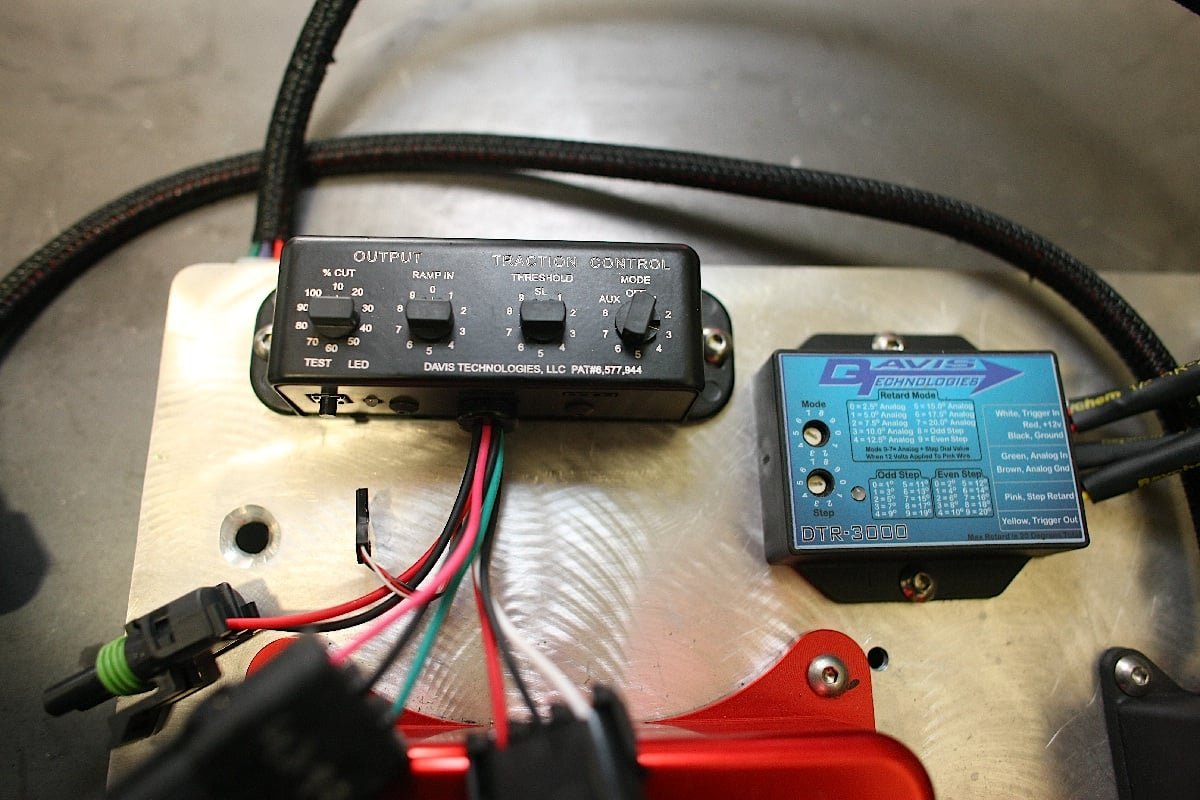A liveness check is a way of detecting whether a biometric sample is provided by a real and alive person. If the shared sample is just an image or a video, the system will automatically declare it a spoof.
The commencement of liveness verification was held somewhere in the 1950s. A scientist Alan Turing introduced a test that differentiates a real and a deepfake person. During the 1990s, this method evolved and the user was detected based on specific questions. Later in the 2000s, machine learning was introduced. It includes various methods like voice verification, motion analysis, and others. Now, there is a deepfake detection method that is more advanced and can detect deepfakes in no time.
Significance of Liveness Check
Liveness check is a vital feature that can prevent fraud by detecting a fake identity. The machine with a liveness check will handiest be able to allow the legal man or woman to enter the premises. It’s miles critical to preserve a secure and wholesome environment.Besides, liveness detection is an enhanced way of verification apart from the biometric sample.
Moreover, this system of verification can earn users’ trust as liveness checks can also be used in KYC for onboarding new applicants. The strong and enhanced system of verification is more reliable and the users will make sure to give verification daily. It is a very quick and quite handy way for the users. It makes the whole process smooth going.
Types of Liveness Detection
Active liveness and passive liveness are the two main types of liveness detection. Active liveness detection is a process that involves the user’s interaction. The user will be asked to make certain movements such as blinking, smiling, and others. Also, the person in a video will be asked to make movements like moving the hands, and body and change the expressions. This will ensure that the person in a video is alive and not a deepfake.
Moreover, passive liveness is a process that does not involve user interaction. In this method, the biometric sample is evaluated based on skin texture, the robotics movement in a video, or the angle of the images. The particular image is analyzed by viewing it from different angles to see how light reflects and ensure that the image is from a live or real person. This 3d liveness check can effortlessly detect the deepfake person.
Use of Various Technologies
This detection method uses different technologies to verify the user’s authenticity such as voice verification, iris scan, fingerprint sensors, and facial recognition. These technologies are more advanced when it comes to liveness verification. Here are the primary technologies that are being used to detect the fake person:
- Facial recognition is done by asking the user to perform certain actions like smiling and blinking.
- Fingerprints are evaluated by observing the pores, temperature, and texture of the skin.
- Iris scanners observe the eye’s reaction to light and the colored part of an eye.
- Voice recognition is done by asking the user to utter certain phrases and can easily detect the fake person. Fake voice is usually robotic and doesn’t involve high and low pitch. It has the same pace that can be easily identified.
Challenges Faced During Liveness Detection
This technology has gone too far to detect spoofs. But still, several challenges can affect its efficacy. Certain environmental features like improper lighting might make the verification process suffer. Sometimes, the background noises can make it difficult to verify the identity. Besides, sensors are not that clever to detect the spoof. This may result in a high rate of false rejections. Also, some of the biometric systems are slow and detect the spoof after two or more attempts. It can irritate the users and result in the wastage of time.
On top of that, there are some users with disabilities and they might not be able to perform face-liveness test actions like blinking, smiling, and others. This can be frustrating for those disabled users. Besides, not all users are aware of the use of this technology. Actions like smiling and giving expressions can cause anxiety and unease to particular users. Such challenges can be resolved by implementing up-to-date systems that can work efficiently and equally for everyone.




